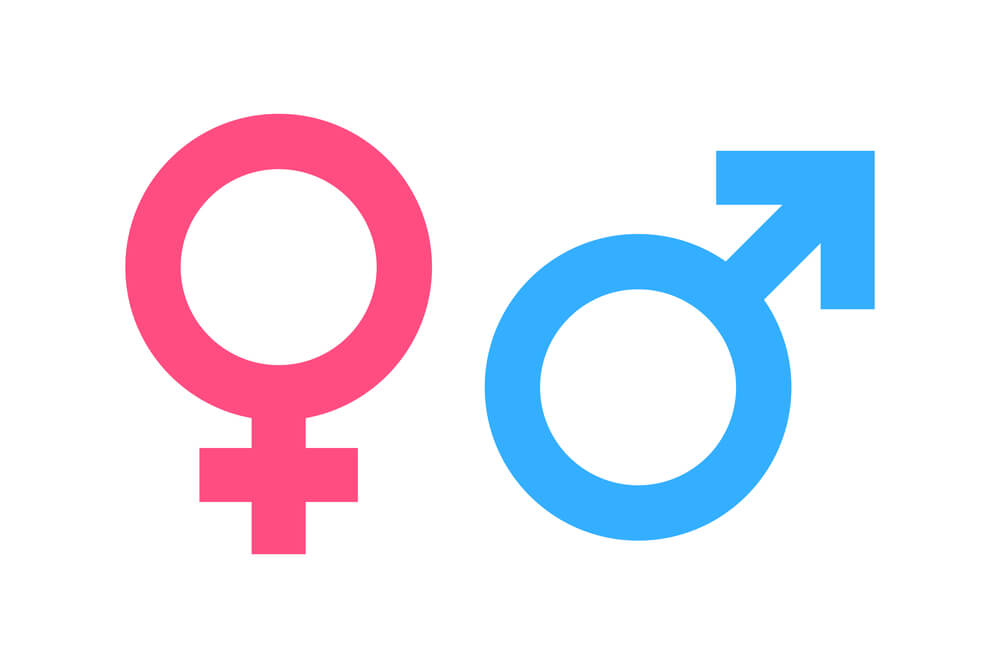The Burrow
Have you ever received a bill, with the shock in finding that it was much bigger than you were expecting? If so, you’re not alone.
Compare the Market’s recent Bill Shock Tracker survey* found that 47% of Australians received a shock bill in the last three months that they weren’t expecting. Surprisingly, 81% of those people said it was an electricity and/or gas bill that shocked them.
There can be any number of reasons why electricity prices and bills are higher than expected, ranging from changes in energy usage to the average cost of electricity and more. However, understanding the average electricity bill can help Australians know if their bill is on par with others in their state. If not, there may be something else at play driving up the bill.
To help you understand how the average electricity bill compares between Australian states, we’ve pulled some interesting statistics and information together to form this guide. This includes:
*Compare the Market commissioned PureProfile to survey 1,501 Australian adults in September 2021. Responses required a minimum of 30 responses to be considered. The ACT, TAS and NT have been excluded due to low sampling data.
To determine an average electricity bill price around Australia, we asked respondents of our Bill Shock Tracker survey how much their last quarterly electricity bill was. Based on our findings, the average quarterly electricity bill in Australia is $411.80. Let’s break that down by state.
Source:Compare the Market Bill Shock Tracker survey of 1,501 Australian adults, September 2021.
| State | Average quarterly electricity bill |
| New South Wales | $419.80 |
| Queensland | $389.10 |
| Victoria | $409.10 |
| South Australia | $453.70 |
| Western Australia | $339.30 |
In addition to questions around average quarterly electricity bills, we also asked Australians who have recently been shocked by a bill, which bills have shocked them. Overwhelmingly, 81% mentioned an electricity or gas bill. This is well ahead of water bills (23%), the cost of fuel (18%), phone bills (14%) and internet bills (11%).
Learn more about energy plans in NSW.
| Average electricity bill NSW (quarterly) | Percentage who experienced bill shock in NSW | Of those who experienced bill shock in NSW, what percentage experienced energy bill shock? |
| $419.80 | 48% | 82% |
Learn more about energy plans in QLD.
| Average electricity bill QLD (quarterly) | Percentage who experienced bill shock in QLD | Of those who experienced bill shock in QLD, what percentage experienced energy bill shock? |
| $389.10 | 42% | 73% |
Learn more about energy plans in VIC.
| Average electricity bill VIC (quarterly) | Percentage who experienced bill shock in VIC | Of those who experienced bill shock in VIC, what percentage experienced energy bill shock? |
| $409.10 | 50% | 83% |
Learn more about energy plans in SA.
| Average electricity bill SA (quarterly) | Percentage who experienced bill shock in SA | Of those who experienced bill shock in SA, what percentage experienced energy bill shock? |
| $453.70 | 44% | 87% |
Learn more about energy plans in WA.Source:Compare the Market Bill Shock Tracker survey of 1,501 Australian adults, September 2021.
| Average electricity bill WA (quarterly) | Percentage who experienced bill shock in WA | Of those who experienced bill shock in WA, what percentage experienced energy bill shock? |
| $339.30 | 48% | 79% |

On average, men and women are paying similar electricity rates. A quarterly electricity bill averages $411.50 for men and $412.40 for women.
However, women are more likely to take their bank account into overdraft or blow out the credit card to pay for electricity or gas (22% compared to 17% of men). Similarly, 44% of women say electricity or gas bills are likely to cause them stress (compared to 34% of men).
Paying an average of $467.40 per quarter, our data shows that the 45–54-year-old age group has the highest electricity bill in Australia. In contrast, over-65s pay an average of just $346.90 per quarter.
This lower cost for electricity could be because many over-65s are eligible for state and territory rebates and concessions, which offer financial support toward utility bills. Here’s how the average quarterly electricity bill compares between age groups.
Source:Compare the Market Bill Shock Tracker survey of 1,501 Australian adults, September 2021.
| Age group | Average quarterly electricity bill |
| 18-24 | $392.90 |
| 25-34 | $406.00 |
| 35-44 | $439.60 |
| 45-54 | $467.40 |
| 55-64 | $415.80 |
| 65+ | $346.90 |
While electricity bill shock was consistent across all age groups, our data found that of those who had experienced a bill shock, the 24-34 and 35-44-year-old age groups were slightly more likely to experience it than other demographics.
Source:Compare the Market Bill Shock Tracker survey of 1,501 Australian adults, September 2021.
| Age Group | Percentage who had an energy bill shock |
| 18-24 | 73% |
| 25-34 | 84% |
| 35-44 | 84% |
| 45-54 | 82% |
| 55-64 | 83% |
| 65+ | 72% |
We asked Australians which bills are likely to cause them stress, with 39% of people listing gas or power bills. That’s ahead of car registration (32%), council rates (27%), mortgages and rent (25%) and car insurance (24%).
Here’s how stressed each state is about their energy bills.
Source:Compare the Market Bill Shock Tracker survey of 1,501 Australian adults, September 2021.Meanwhile, those in the 35-44-year-old age group are most likely to experience stress thanks to an energy bill.Source:Compare the Market Bill Shock Tracker survey of 1,500 Australian adults, September 2021.
| State | Percentage likely to be stressed by energy bills |
| NSW | 41% |
| QLD | 31% |
| VIC | 41% |
| SA | 41% |
| WA | 36% |
| Age Group | Percentage likely to be stressed by energy bills |
| 18-24 | 29% |
| 25-34 | 39% |
| 35-44 | 46% |
| 45-54 | 44% |
| 55-64 | 38% |
| 65+ | 33% |

While it’s handy to understand the average electricity bill in Australia’s energy market, it’s important to know there are factors that could be driving up individual bills. These include:
Also keep in mind that there may be factors outside of a household’s control that impact electricity costs. These include: